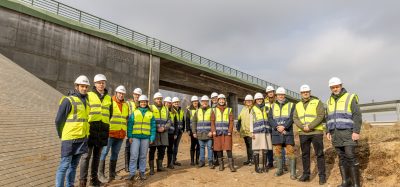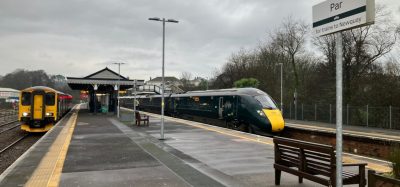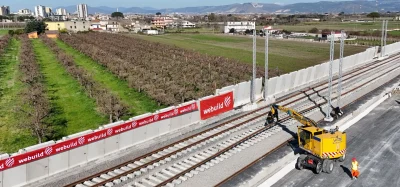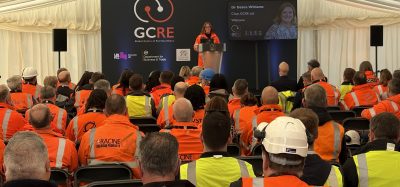At COP26, rail needs to lead the transport decarbonisation revolution
Posted: 26 October 2021 | Dyan Crowther | No comments yet
Dyan Crowther, CEO of HS1 Ltd – the operator of the UK’s only high-speed line – looks ahead to COP26 and how the summit can act as a turning point for the transport sector in intensifying the fight against climate change, plus how HS1 aims to increase its passenger numbers and contribute to cutting CO2 emissions.
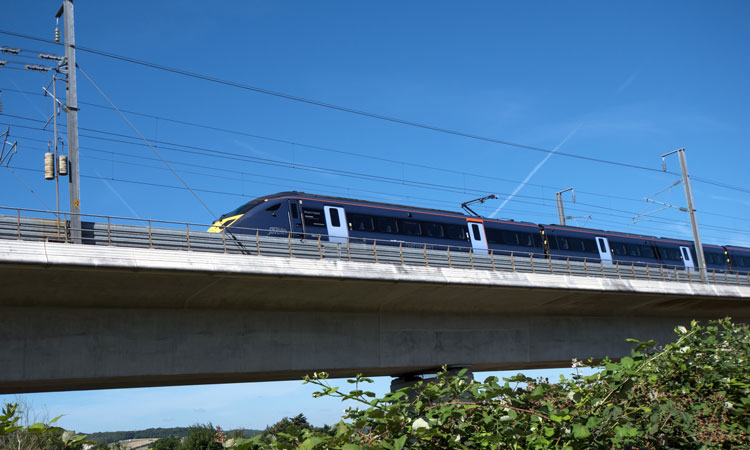

As the beginning of November 2021 draws near, the public gaze is turning squarely to Glasgow, the stage for COP26: the crucial 12-day global climate summit.
We need to use this opportunity to deliver real action; agreement on its own will not be enough. Many organisations, mine included, have identified for the past two years just how important COP26 will be.
The challenges we will be debating are not just issues for governments – industry contributes a significant proportion of carbon emissions right across the world. It has been welcome to see the release of several landmark reports and strategies from the government, including the Net-Zero Strategy and before that the Transport Decarbonisation Plan – but for all the government mandates and targets for the coming decades, the onus is just as much on companies across all sectors to look for ways to positively contribute to decarbonising in the here and now.
Transport is no exception, and in fact has one of the longest and most challenging journeys ahead to achieve net-zero. In 2019, the transport sector produced just over a quarter of the UK’s total emissions. Clearly, we as a sector need to pay serious attention to how we can reduce that proportion.
Rail is one of the greenest modes of transport, but it still has important strides to make both to become even greener, and to help attract passengers away from other, more-emissions heavy, modes of transport.
Rail is one of the greenest modes of transport, but it still has important strides to make both to become even greener, and to help attract passengers away from other, more-emissions heavy, modes of transport. We feel we are already making a significant contribution to both on the HS1 line.
In normal times, HS1 removes 750,000 tonnes of CO2, or the equivalent of 60,000 short-haul flights and 6,000 cars and lorries from the roads every year. That is a huge reduction in carbon emissions, and shows how passengers moving to cleaner forms of transport – or ‘modal shift’ – can have a real impact on decarbonising the sector.
Before the pandemic, we were already seeing that modal shift in action – almost four million of the 26 million people who used HS1 Ltd’s international and domestic services had switched from using cars and planes. But, we know that shift must continue.
While other areas of transport may be focusing first on making their services cleaner and greener, our challenge at HS1 Ltd is to entice more people to use our already clean and green services. The more people who switch over to taking the train, the better it will be for our environment.
HS1 climate goals and involvement at COP26
This is what makes COP26 so important to us; HS1 is a partner of the World Climate Summit – Investment COP – an event that sits alongside the COP26 summit. At the summit, we’ll be delivering a panel session followed by a workshop at the Investment COP with over 100 stakeholders.
We are already the Green Gateway to Europe and are on track to be the only railway in the country to source all of its electricity from renewable sources. But at present, we are only seeing half of the HS1 line’s capacity being used, meaning there is room for millions more journeys to take place on HS1 – the UK’s only high-speed line – every year. Our challenge therefore, is to figure out how we can entice those prospective passengers, currently using cars and planes, to use our trains instead.
We are aiming to deliver a shift that will see 4.9 million more people per year start to use our line. Our own research is clear on the significant environmental benefits if that were to happen. By getting that many more people onto our line, we can cut a further 450,000 tonnes of CO2 from being emitted into the atmosphere – a huge reduction in emissions and as clear a signal as any as to the power of rail in helping decarbonise the transport sector.
By getting that many more people onto our line, we can cut a further 450,000 tonnes of CO2 from being emitted into the atmosphere – a huge reduction in emissions and as clear a signal as any as to the power of rail in helping decarbonise the transport sector.
The workshop we will be leading will look to bring together investors, policymakers and business leaders to think of creative solutions for driving this modal shift. In turn, we will be developing our line’s full potential, increasing its use and making more people and businesses shift their travel behaviours to greener options.
How we deliver that modal shift is the key question; change could be incentivised through several different areas, be it improvements to the passenger experience or by investing in the first and last mile of passenger journeys to offer people a convenient way to travel onwards from stations using electric vehicles.
It could even be delivered by improving the options available to passengers; currently, HS1 serves a suite of major European destinations, but as we look to bounce back from the financial difficulties COVID-19 has created, we are as determined as ever in growing HS1 and opening more routes into Europe.
We need to understand and shape how people want to travel in the 21st Century, – we can have the cleanest technology in the transport sector, but if a long line of people are only seeing that speed by from their car windows, then we are doing something wrong.
COP26 simply must be a turning point for the whole of society in intensifying our fight against climate change. We all need to play our part, and HS1 is as committed as ever to lead the charge and champion a green transport revolution.






